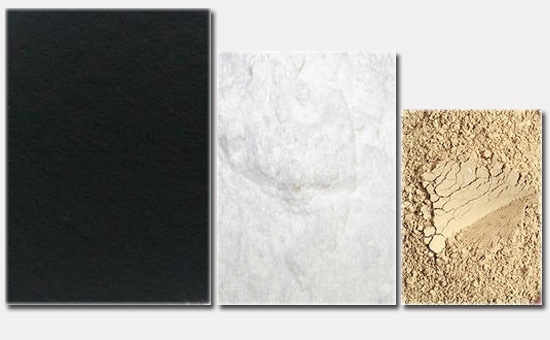
When the reclaimed rubber product chooses the injection molding process, uniform temperature, rapid vulcanization, and dense texture are the fundamental factors to improve the product yield. In the actual production process, the type and amount of rubber fillers affect the heat build-up, viscosity, fluidity, scorch safety and vulcanization speed of the reclaimed rubber, and then affect the injection process of the reclaimed rubber. The rubber product manufacturer needs to follow the processing performance of the rubber. Features Choose the right rubber packing.
1. Rubber filler affects the fluidity of reclaimed rubber
In the production process of injection-type reclaimed rubber products, the better the fluidity of the reclaimed rubber, the shorter the injection time for the rubber to fill the mold cavity, and the better the quality of the rubber product. Different types of rubber fillers (reinforcing fillers and non-reinforcing fillers) have different effects on the fluidity of reclaimed rubber.
(1) Carbon black: In general, super abrasion-resistant carbon black, medium-super abrasion-resistant carbon black, and high-abrasion carbon black have small particle sizes and high structure of fast-pressing furnace black. The above-mentioned carbon black reinforced rubber is used for reclaimed rubber The fluidity deteriorates; semi-reinforced carbon black, medium particle thermal black and other large particle size carbon black are more beneficial to the fluidity of reclaimed rubber. In short, when improving the fluidity of rubber materials used in injection-type reclaimed rubber products, rubber product manufacturers should reduce the amount of carbon black with small particle size and high structure as much as possible.
(2) White carbon black: White carbon black is a commonly used reinforcing filler in reclaimed rubber products, especially light-colored products. It has a significant effect of replacing carbon black in light-colored reclaimed rubber products and is more beneficial to the color matching of rubber products; Black can also improve the adhesion, tear resistance, heat resistance and aging resistance of the rubber compound 2LLYY929. However, silica with a small particle size will significantly reduce the fluidity of the rubber in the reclaimed rubber, and rubber product manufacturers should pay special attention.
(3) Inorganic fillers: clay and calcium carbonate are typical non-reinforcing rubber fillers. The main function in the production of rubber products is to increase the volume of the product, reduce the cost of rubber, and improve the process performance of the rubber. This type of inorganic inert filler has little effect on the fluidity of reclaimed rubber in the actual production process. Rubber product manufacturers can appropriately increase the amount of inorganic filler. Among them, the rubber clay can improve the surface smoothness of the injected reclaimed rubber products. The reclaimed rubber vulcanizate filled with the clay has high viscosity, high stiffness and low shrinkage.
When manufacturers of injection-type reclaimed rubber products choose rubber fillers, they need to focus on the impact of fillers on the fluidity of the rubber. Choose appropriate rubber fillers to improve the fluidity of the rubber and further improve the quality of injected reclaimed rubber products. In addition, the heat generated during the processing of the rubber filler will also affect the reclaimed rubber injection process. The editor will continue to discuss with you tomorrow.
Exclusive original article [commercial authorization] reprint, excerpt and excerpt in any form are prohibited without written authorization. Focus on Hongyun rubber: learn the process formula and raw material technology of producing rubber products from recycled rubber to help you reduce costs and increase profits